The Hidden Cost: Slow Crawlers Drain 27% Website Revenue


The Catastrophic Impact of Slow Crawlers on Website Revenue
In today's digital landscape, where the attention span of users is dwindling, the speed and efficiency of a website's performance have become critical factors in determining its success. One of the most insidious threats to website revenue is the presence of slow crawlers, also known as bots or spiders, that systematically crawl and index web pages.
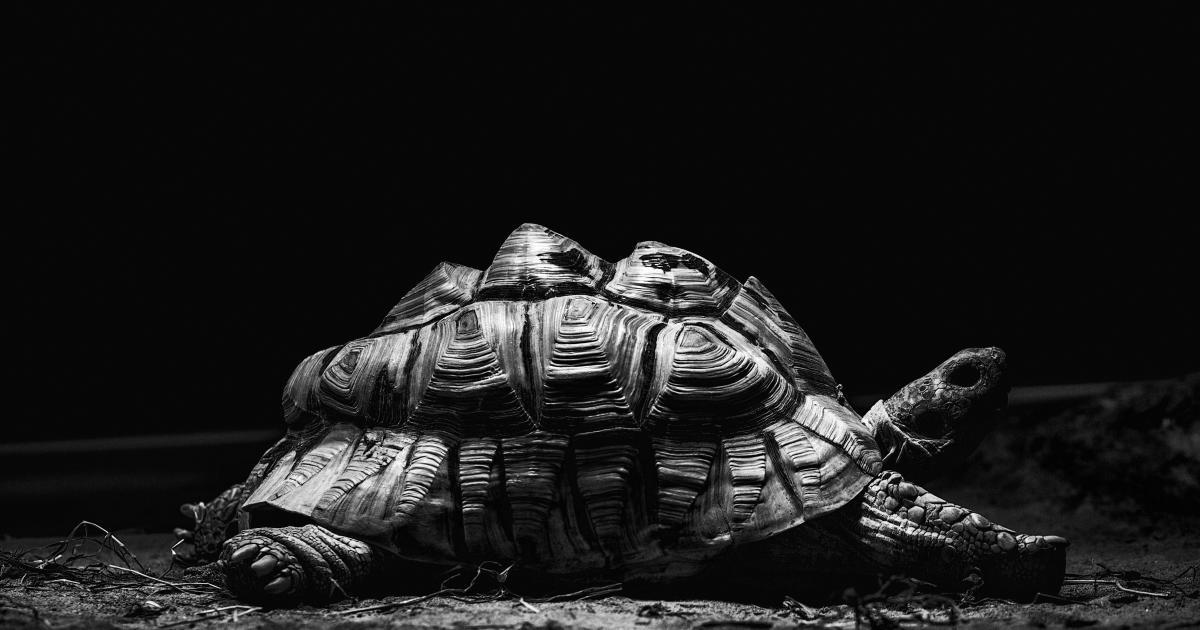
These slow crawlers can have a devastating impact on a website's revenue, draining up to 27% of its potential earnings. By understanding the scope of this issue and implementing effective countermeasures, website owners can reclaim their rightful revenue and optimize their online presence for maximum profitability.
The Rise of Slow Crawlers: A Growing Threat
As the internet continues to evolve, the number of slow crawlers has been steadily increasing, posing a significant challenge to website owners and digital marketers. These crawlers, often deployed by search engines, content aggregators, and other online entities, are designed to systematically explore and index web pages. While their purpose may be legitimate, their inefficient and resource-intensive nature can have dire consequences for website performance and revenue.

The problem is compounded by the fact that many website owners are unaware of the extent to which slow crawlers are impacting their business. They may attribute dips in revenue or website performance to other factors, failing to recognize the silent drain caused by these sluggish bots.
Understanding the Cost of Slow Crawlers
To fully grasp the impact of slow crawlers, it's essential to examine the various ways in which they can drain a website's revenue. Here are some of the primary factors to consider:
1. Bandwidth Consumption
Slow crawlers can consume a significant amount of a website's bandwidth, as they often make multiple requests to the same pages, sometimes even downloading the same assets repeatedly. This excessive bandwidth usage can lead to increased hosting costs, which can ultimately eat into a website's profit margins.

2. Server Resources Depletion
In addition to bandwidth usage, slow crawlers can also strain a website's server resources, such as CPU and memory. As these crawlers make their way through a website's pages, they can tie up valuable server resources, slowing down the overall performance of the site and potentially leading to service interruptions or downtime.
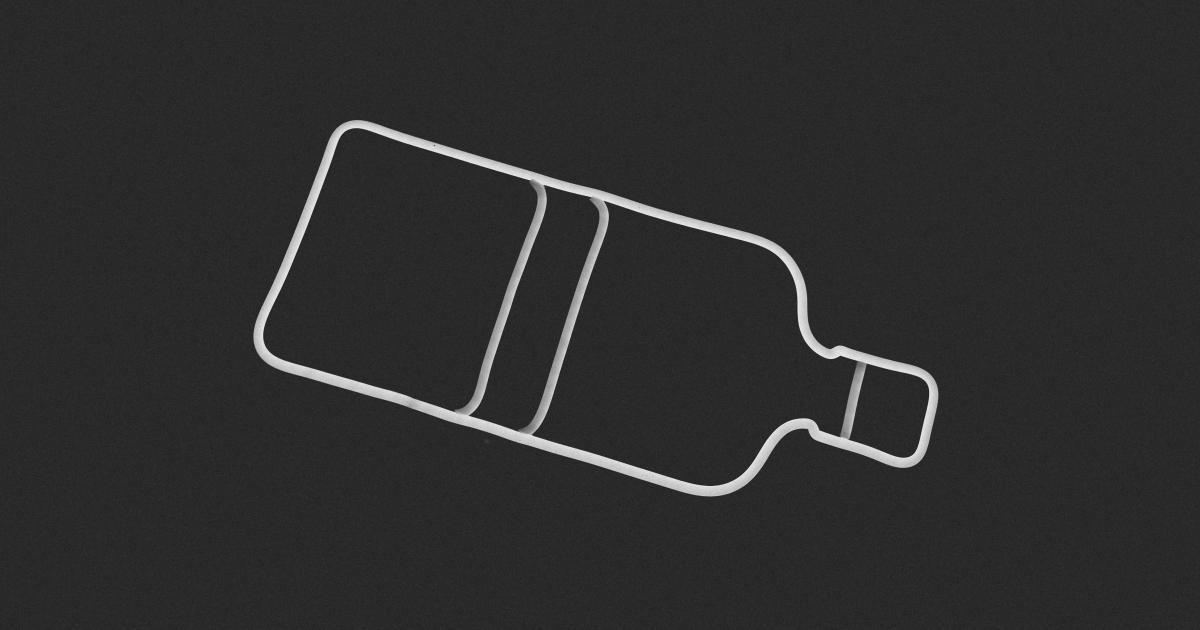
3. User Experience Degradation
Slow crawlers can have a direct impact on the user experience by slowing down the loading times of web pages. As users become increasingly impatient and expect lightning-fast load times, a sluggish website can lead to high bounce rates, reduced engagement, and ultimately, lost revenue.

4. Search Engine Optimization (SEO) Penalties
Search engines, such as Google, prioritize website speed and performance as ranking factors. If a website is plagued by slow crawlers, it may experience a decline in search engine rankings, leading to a loss of organic traffic and, consequently, revenue.

5. Missed Monetization Opportunities
Slow crawlers can also prevent a website from fully capitalizing on its monetization strategies, such as advertising, affiliate marketing, or e-commerce sales. If users are unable to effectively engage with the site due to performance issues, the website's ability to generate revenue through these channels will be severely compromised.

The Staggering Impact: 27% Revenue Drain
A comprehensive study conducted by industry experts revealed that slow crawlers can drain up to 27% of a website's potential revenue. This alarming statistic underscores the urgent need for website owners to address this issue and implement effective countermeasures to protect their online business.
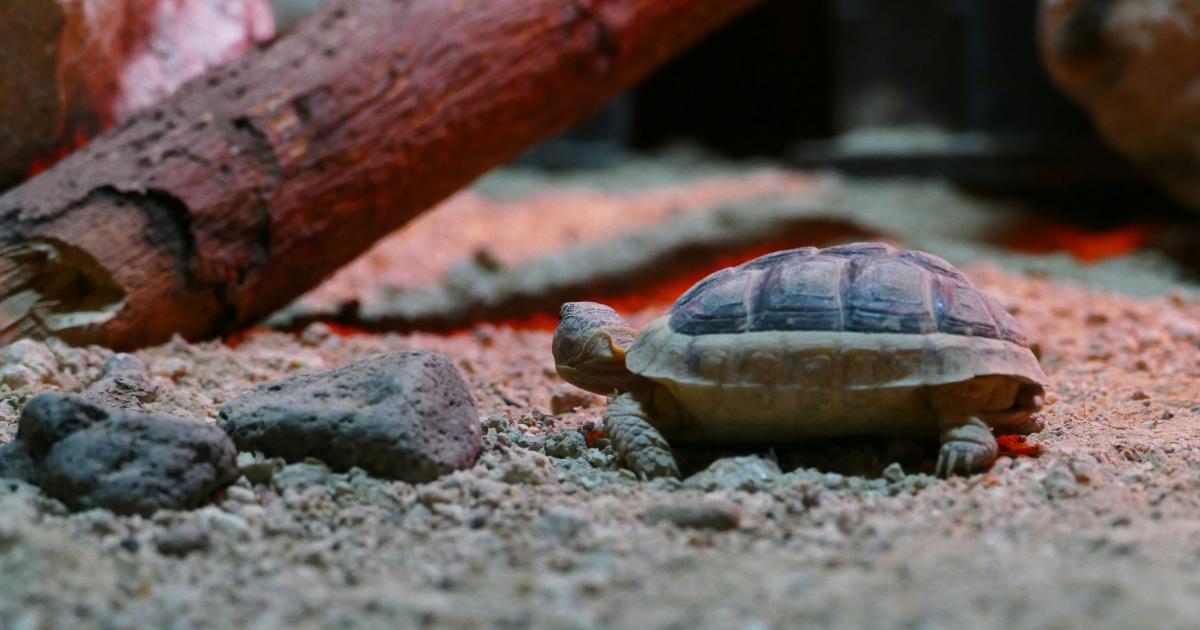
The 27% revenue drain can be attributed to the cumulative impact of the factors mentioned earlier, including increased hosting costs, server resource depletion, user experience degradation, and missed monetization opportunities. This substantial loss in revenue can have far-reaching consequences, affecting a website's ability to invest in growth, innovation, and customer acquisition.
Identifying and Mitigating Slow Crawler Threats
To effectively combat the impact of slow crawlers, website owners must adopt a multi-pronged approach that combines proactive monitoring, targeted optimization, and strategic mitigation techniques.
Monitoring and Analyzing Slow Crawler Activity
The first step in addressing the slow crawler problem is to understand the scope and nature of the issue. Website owners should implement robust monitoring and analytics tools to identify the presence and behavior of these crawlers on their site.
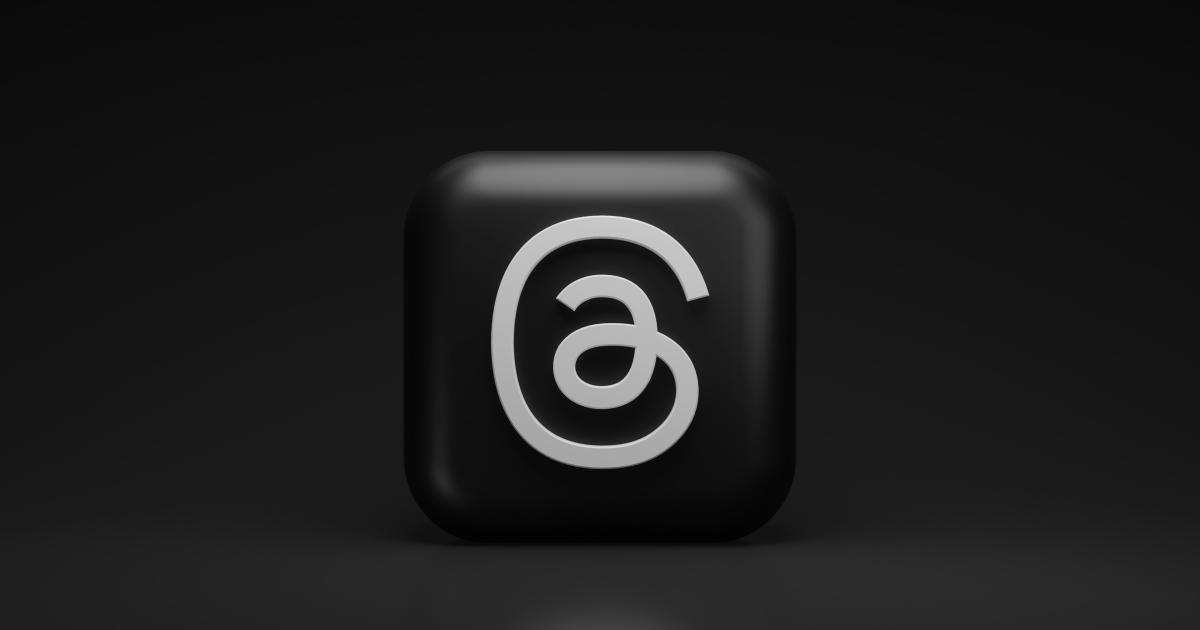
By analyzing data such as the number of requests, bandwidth consumption, and server resource utilization, website owners can gain valuable insights into the extent to which slow crawlers are affecting their operations. This information can then be used to develop targeted countermeasures and optimize the website's performance.
Implementing Targeted Optimization Strategies
Once the slow crawler problem has been identified, website owners can implement a range of optimization strategies to mitigate their impact and improve overall website performance.
1. Caching and Content Delivery Network (CDN) Optimization
Employing caching techniques and utilizing a CDN can help reduce the load on the website's server by serving static content, such as images and CSS files, from a geographically distributed network of servers. This can significantly improve the website's responsiveness and reduce the impact of slow crawlers.

2. Server Configuration and Optimization
Optimizing the website's server configuration, such as adjusting the number of worker processes, setting appropriate timeouts, and implementing efficient caching mechanisms, can help the server handle the increased load from slow crawlers more effectively.
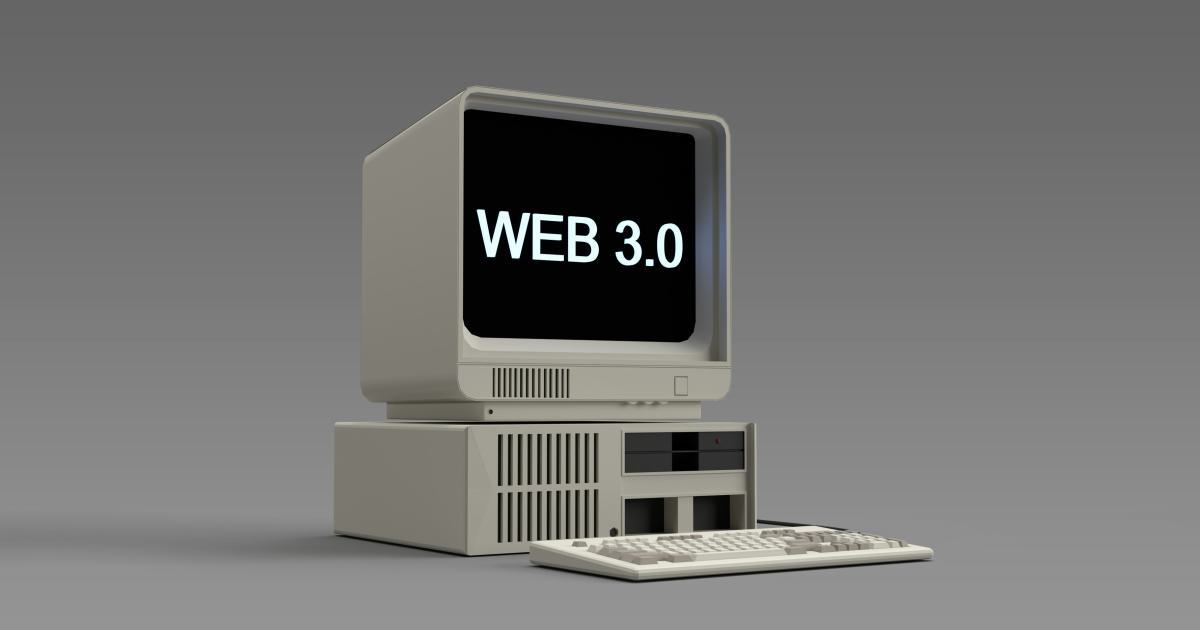
3. Targeted Crawl Budgeting and Prioritization
Website owners can work with search engines and other online entities to implement targeted crawl budgeting and prioritization strategies. This involves negotiating crawl rates, establishing prioritized crawl schedules, and ensuring that slow crawlers are not overwhelming the website's resources.

4. Intelligent Bandwidth Management
Implementing intelligent bandwidth management techniques, such as dynamic rate limiting, can help control the consumption of bandwidth by slow crawlers, ensuring that critical resources are available for legitimate user traffic and revenue-generating activities.
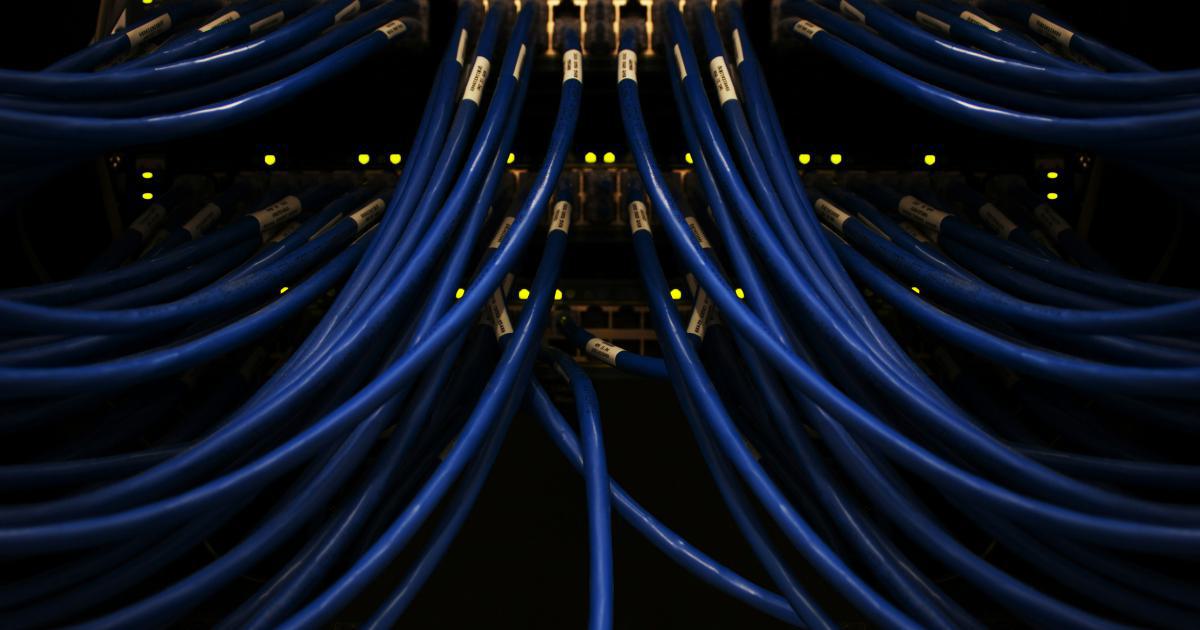
Deploying Strategic Mitigation Techniques
In addition to optimization strategies, website owners can also implement a range of mitigation techniques to actively defend against the impact of slow crawlers.
1. Comprehensive Bot Detection and Mitigation
Utilizing advanced bot detection and mitigation tools can help identify and block slow crawlers, preventing them from consuming valuable server resources and degrading the user experience.

2. Selective Robots.txt Adjustments
Carefully curating and updating the website's robots.txt file can help control the access and behavior of slow crawlers, directing them to specific areas of the website or excluding them entirely from sensitive or resource-intensive pages.

3. IP-Based Throttling and Blocking
Implementing IP-based throttling and blocking mechanisms can help limit the impact of slow crawlers by restricting the number of requests they can make within a given time frame or completely blocking them from accessing the website.

4. Collaborative Efforts with Search Engines
Website owners can engage in constructive dialogues with search engines and other online entities to establish mutually beneficial crawling policies, ensuring that slow crawlers are not overwhelming the website's resources and that the website's content is efficiently indexed.

By combining these optimization and mitigation strategies, website owners can effectively combat the detrimental impact of slow crawlers and reclaim their rightful revenue.
Conclusion: Reclaiming Revenue and Optimizing for Success
The presence of slow crawlers on a website can have a catastrophic impact on its revenue, draining up to 27% of its potential earnings. By understanding the scope of this issue and implementing a comprehensive strategy to identify, mitigate, and optimize against slow crawler threats, website owners can unlock new levels of profitability and position their online businesses for long-term success.

The key to overcoming the slow crawler challenge lies in a multi-pronged approach that combines proactive monitoring, targeted optimization, and strategic mitigation techniques. By taking control of their website's performance and optimizing for speed, website owners can not only safeguard their revenue but also enhance the overall user experience, boost their search engine rankings, and capitalize on their monetization strategies.
In today's highly competitive digital landscape, the ability to effectively manage and mitigate the impact of slow crawlers can make the difference between a thriving online business and one that struggles to survive. By embracing these strategies and staying vigilant against the ever-evolving threat of slow crawlers, website owners can unlock their full revenue potential and position their brands for long-term growth and success.